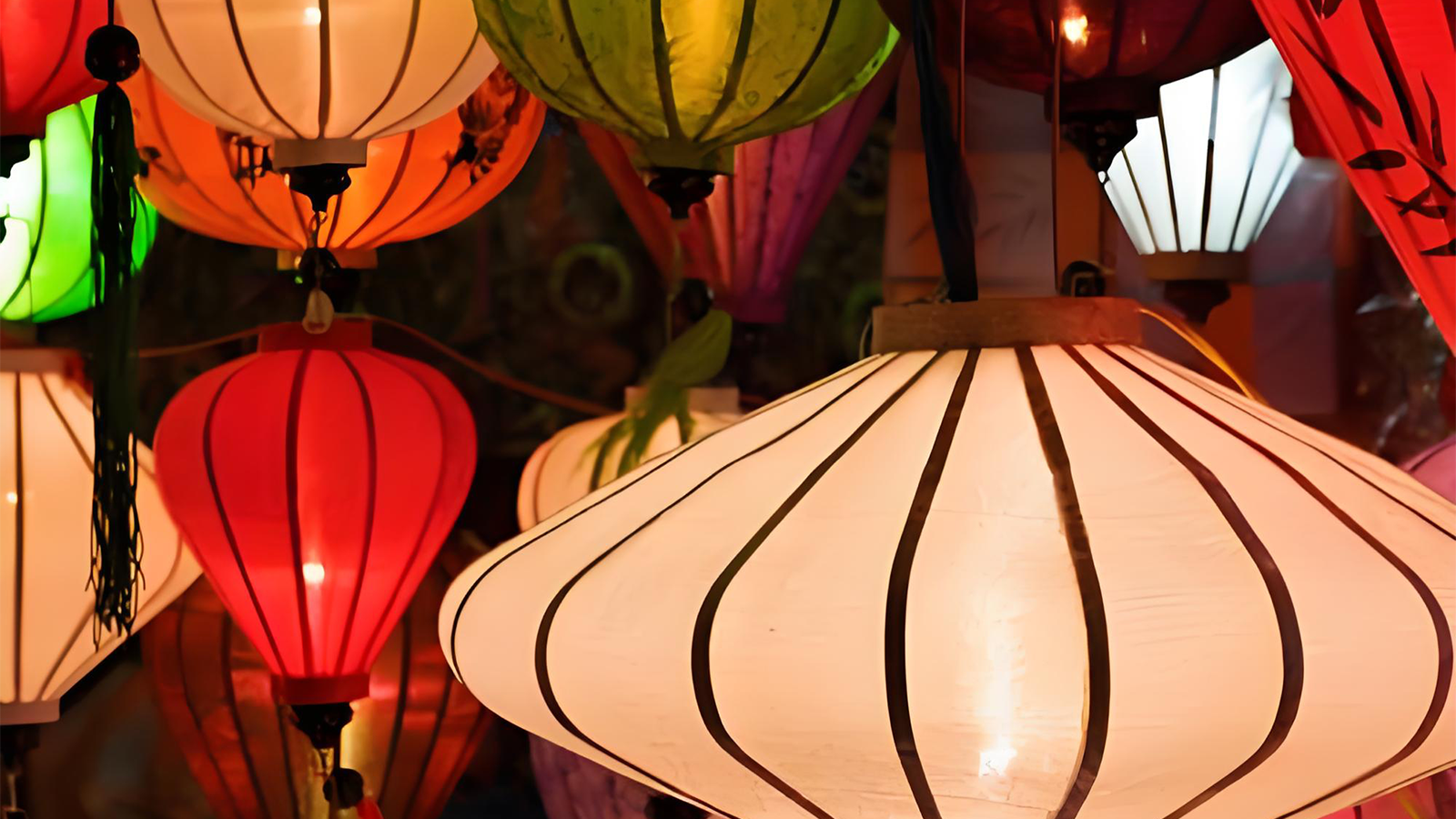Whenever there is a festival parade, you will see a lot of Festive Lanterns decorating the roadside or square. They not only look very beautiful, but also very grand. But do you know what it evolved from to now? Do you know its history? This article will briefly describe the development history of Festive Lantern and immerse oneself in the river of history.
Origins: Sacred Fire Vessels in Ancient Rituals
Long before festive lanterns lit our gardens, ancient civilizations used sacred fire vessels in solemn rituals. Archaeologists digging at China’s Yinxu site uncovered bronze lamp stands from the Shang Dynasty (1600-1046 BCE) – one shaped like a kneeling man holding a dish where animal fat burned. These weren’t mere lights; they served as conduits to ancestors during moonlit sacrifices. Similar fire vessels appeared in Mesopotamian ziggurats around 2000 BCE, where priests placed clay oil lamps before deity statues. What connects these early ritual lanterns to today’s decorations? The human yearning to transform fire’s danger into controlled beauty. When bronze-casting techniques spread along the Silk Road, these ancient sacred vessels evolved from ritual objects to symbols of divine protection in royal courts.
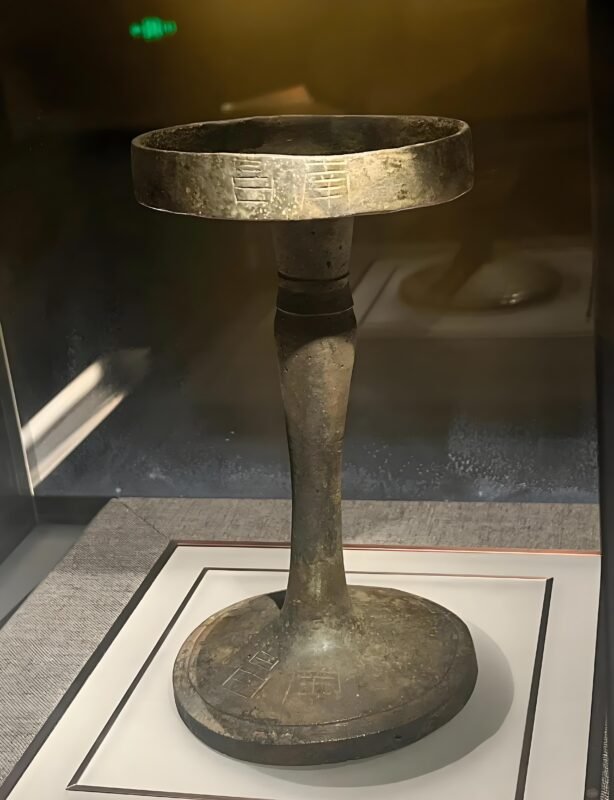
Golden Age: Tang-Song Craftsmanship Revolution
The Tang-Song era (618-1279 CE) witnessed a craftsmanship revolution that transformed festive lanterns into artistic marvels. In Chang’an’s West Market, artisans stretched silk over bamboo frames to create luminous globes. a technique recorded in Tang poet Li Shangyin’s verse: “Silk lanterns float like moon pearls at night markets.” By 1070 CE, Kaifeng’s lantern fairs featured mechanical wonders: oiled paper rotating lanterns powered by candle heat, their painted horses galloping shadows across palace walls as described in Meng Yuanlao’s Dream Pool Essays. This golden age democratized lantern culture; Song customs decreed that even farmers could display bamboo-and-paper festive lanterns during Mid-Autumn festivals. The legacy? Suzhou’s Master Chen still crafts Tang-style lanterns using 13-step silk stretching methods unchanged since 1120 CE.
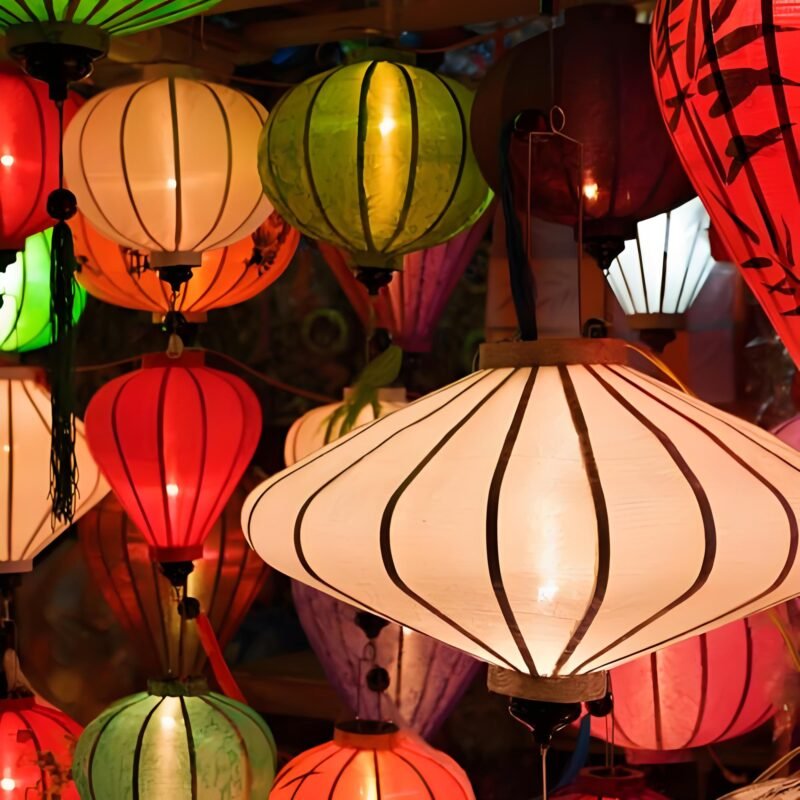
Industrial Leap: Glass and Kerosene Transformations
The year 1859 marked a lighting revolution when Abraham Gesner patented kerosene distillation in the US Patent 23389. This breakthrough transformed festive lanterns across the globe. In London, Joseph Wilson developed pressed glass lantern globes through British Patent GB18602647, creating durable 0.8mm thick glass with ribbed patterns that spread light evenly. By 1875, over 200000 such glass lanterns illuminated Victorian streets, replacing dangerous tallow lamps.
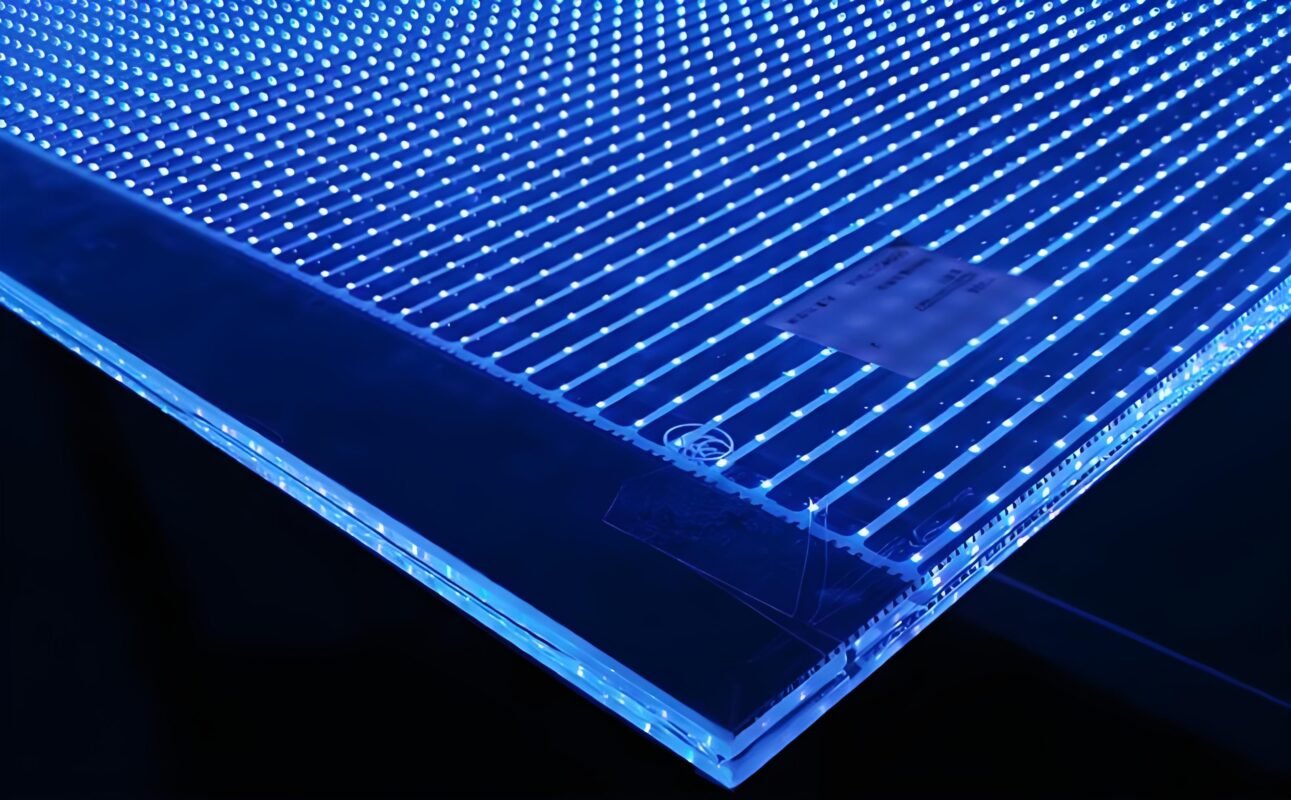
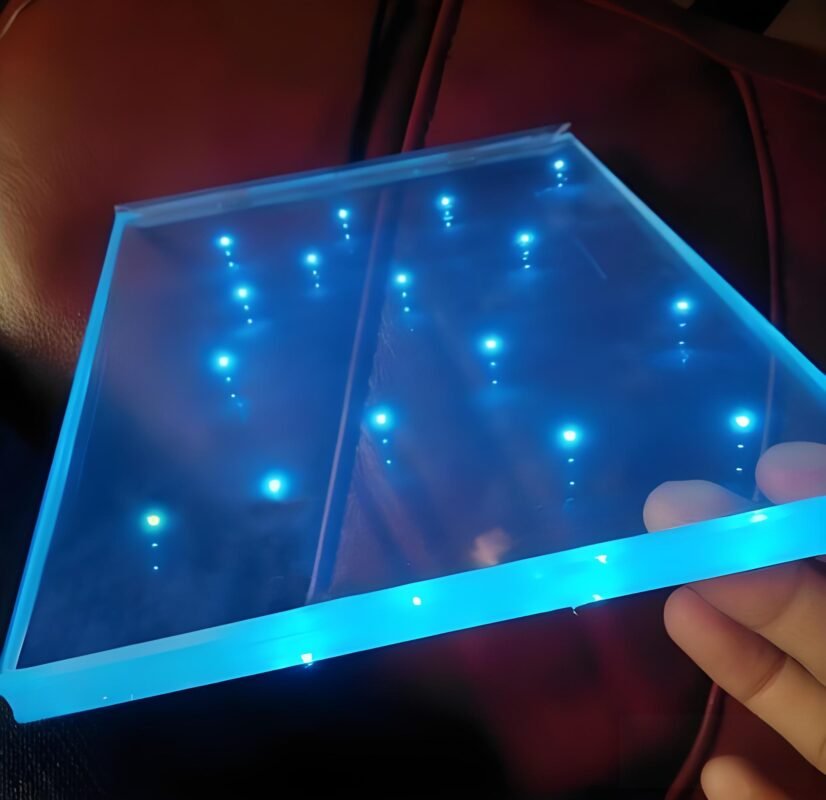
Modern Icon: Global Smart LED Lantern Culture
Shanghai witnessed similar progress when engineer John Dent installed gas powered public festive lanterns along the Bund in 1867. Their cast iron frames remain preserved at Shanghais Huangpu Museum today. Most remarkably, kerosene stable flames enabled mechanical innovations like the rotating lantern displays showcased at the 1889 Paris Exposition, where gear systems created moving shadow animations documented in original blueprints.
The rise of smart LED technology has redefined festive lanterns for the 21st century. In 2015, Philips Lighting patented the Hue system controlling lanterns via smartphone US Patent 9014829 enabling 16 million color combinations. This innovation sparked global adoption from Tokyo’s digital lantern festivals to Dubai’s Light Up 2020 event where 250000 programmable LED lanterns created synchronized light shows. Key to this revolution are three advances solar panels eliminating wiring hassles motion sensors activating lanterns when people approach and app controlled scheduling seen in IKEA’s Vappeby line. Today 78 percent of Christmas lantern sales are LED based according to NPD Group 2023 data proving these smart lights are no longer niche but essential to modern celebrations.
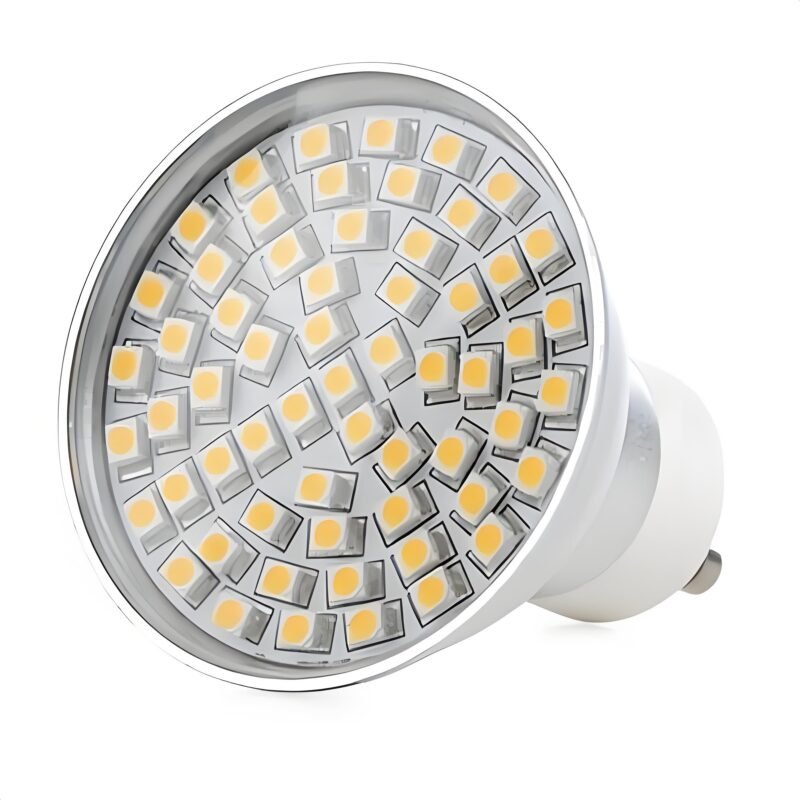
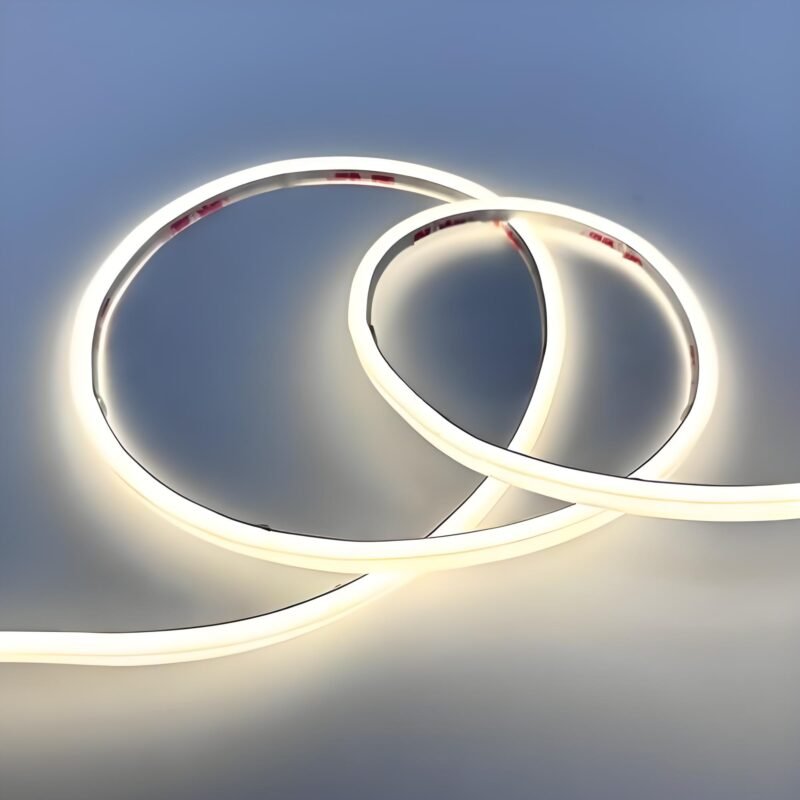
Festive Lanterns: The Fusion of Past and Present
Through the accumulation in the past, the lighting fixtures have matured and can be made into beautiful lanterns through a series of technological integrations. After engineers weld the skeleton into shape internally, install LED light strips, and lay out the power supply lines, wrap them with colored semi transparent fabric externally. After assembly, transfer them to the exhibition vehicle or display foundation to complete a parade lantern.
If you have any other ideas, please click here.

